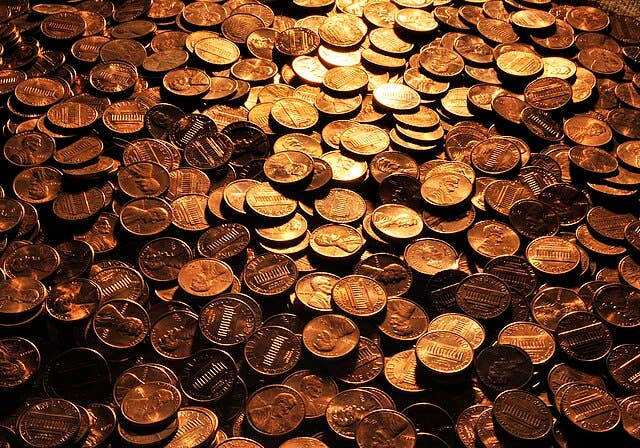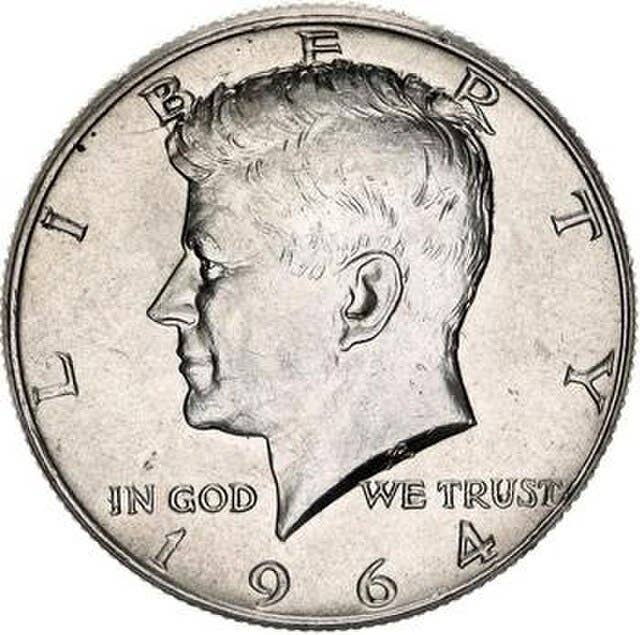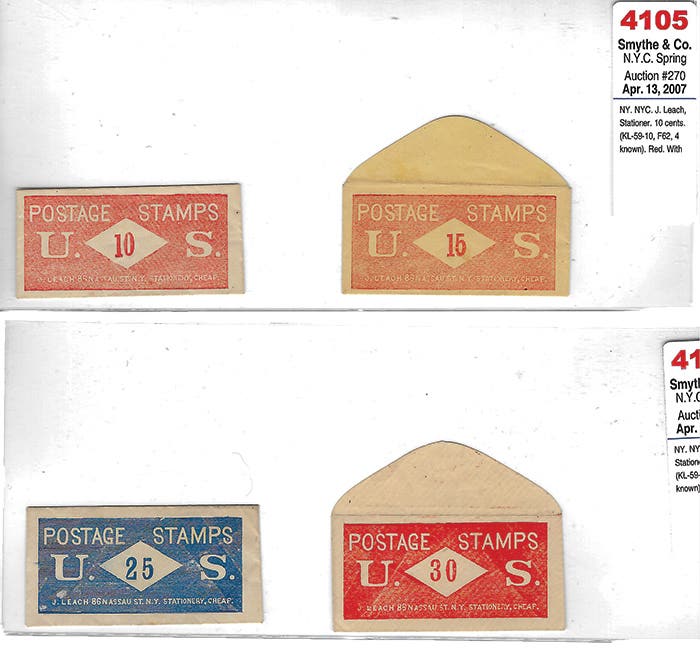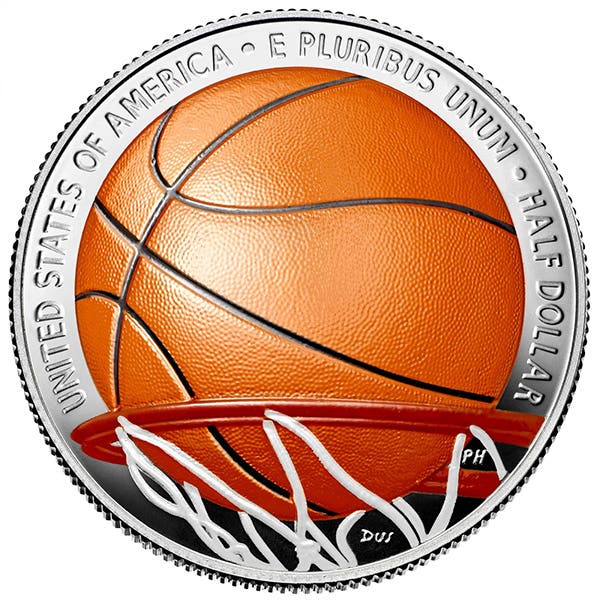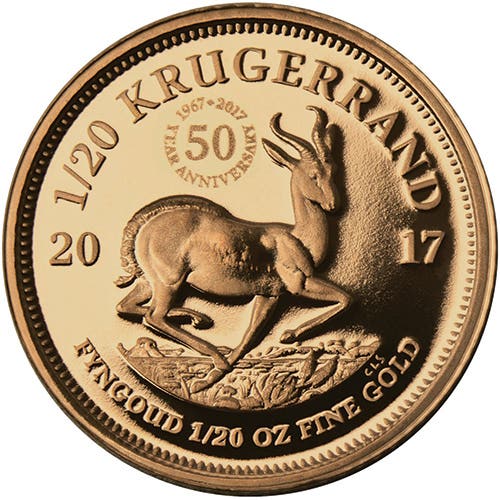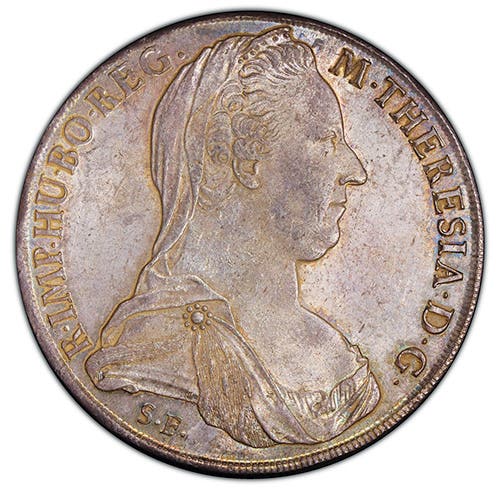Collecting $5 Federal Reserve Notes
In 1928, a new type of note was introduced. It covered the issue of 5- through 1,000-dollar denominations. All these 1928 issues carried the language “redeemable in gold.” The following…
In 1928, a new type of note was introduced. It covered the issue of 5- through 1,000-dollar denominations. All these 1928 issues carried the language “redeemable in gold.” The following 1934 issues carried the words “This note is legal tender” as President Franklin Roosevelt had ended the gold redemption policy and called for citizens to turn in their gold. The design of the 1928 issues carried a large numeral, one through 12, identifying the district for which the notes were printed. Previously, beginning in 1914, these were large notes with numbers and alphabetical letters corresponding to the letters 1A, 2B, etcetera, through L12. The numbers had been discarded in the 1934 issues, and large letters were used in large print.
The 12 districts varied in size. Largely populated areas such as New York were smaller geographically but had large numbers of notes printed. Districts such as Minneapolis were larger geographically but had smaller populations and fewer notes printed. For example, the 1981 issue required 4 sets of notes to be printed for New York, BA, BB, BC, and BD series, while Minneapolis experienced only 2 runs of serial numbers, IA and IB. Later notes were sent where they were needed, not necessarily to their numerical district. Early on, groups of collectors formed teams of 12 and would send their notes to the eleven other District collector’s members and receive notes from the other team members giving them a District Set.
This is one way to collect the notes. I chose to collect the Minneapolis district, as it is a district that received fewer notes than other districts. Kansas City, Richmond, and Dallas are other districts that received fewer notes and are more of a challenge to collect, with numerous rare examples. I have been collecting Minneapolis 5-dollar notes for more than 25 years and still need a 1928B star, a 1934D star, and a 1934B Mule. I have never seen these notes offered, although I might not be able to afford them if I did see one offered. With respect to Mules, they did not appear in the 5-dollar issues until the 1934 issue, which coincides with their appearance in the 1941 1-dollar Silver Certificates. As the 1934 5-dollar notes were printed at the same time, these Mules appeared in the 1-dollar notes. The Mules appeared when the 5-dollar notes used plates of both one centimeter on the face and 1/2 half centimeter on the back plate. The 1/2 millimeter back plates wore out after the 1934C issue and did not appear in the 1934D issues. Although there were some Wide and Narrow Back varieties in the 1950 issue.
Mules are fairly easy to find in the 1934 issue as they appear in all 12 1934 5-dollar district issues, including stars. Interestingly, the 1928 Minneapolis non-star issue is the rarest of the Minnesota notes.
You don’t have to look far at the Minneapolis issues for rarity. This mule was the only 1934C mule known for many years, and it had a back plate number 697. Then, one turned up a few years ago. With only two notes known, it is a key rarity. Are there more out there?
The Big Head notes were introduced in 1999, and I chose to limit my collection to the Small Heads' last issue in 1995. All the Small size notes being produced at this time are big heads, with no notes above the $100 denomination.
You may also like:




